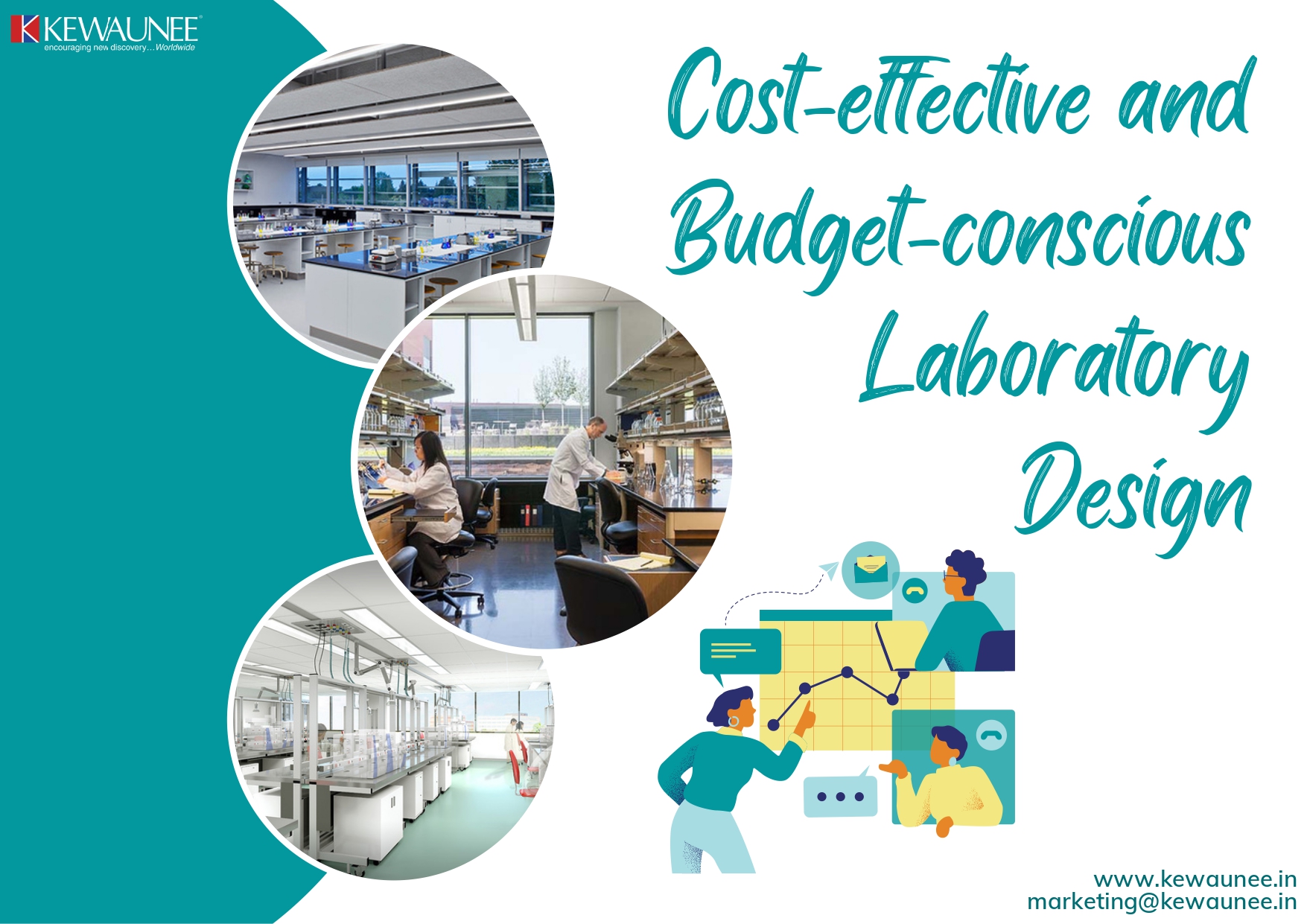Cost-effective and Budget-conscious Laboratory Design
In the world of scientific research and innovation, laboratories play a crucial role in facilitating groundbreaking discoveries and advancements. However, designing and setting up a laboratory can be a costly endeavor. It is essential to find ways to optimize costs without compromising on functionality and efficiency.
In this blog post, we will explore strategies for designing a cost-effective and budget-conscious laboratory that meets the needs of researchers while maximizing financial resources.
Planning and Needs Assessment
Before embarking on laboratory design, it is vital to define the laboratory’s requirements and goals. Consider the research activities to be conducted, the equipment and space needed, and the desired functionality. By assessing space and layout needs and prioritizing essential features, you can develop a clear roadmap for a cost-effective laboratory design.
Efficient Space Utilization
One of the primary factors influencing the cost of laboratory design is space utilization. Optimize the floor plan and layout to minimize wasted space and unnecessary pathways. Conduct a workflow analysis and process mapping to identify areas where efficiency can be improved. Implement modular furniture and equipment arrangements, allowing for flexibility and adaptability as research needs evolve.
Equipment Selection and Procurement
Careful selection and procurement of laboratory equipment can significantly impact the overall budget. Conduct a thorough inventory and assessment of the required equipment, distinguishing between essential and optional items. Evaluate options for cost-effective equipment by balancing quality and affordability.
Consider exploring refurbished or pre-owned equipment, which can offer substantial savings without compromising performance. Collaborate with vendors to negotiate costs, request multiple quotes, and explore service contracts and warranties.
Sustainable and Energy-Efficient Design
A cost-effective laboratory design should also incorporate sustainability and energy efficiency. Implementing energy-saving technologies such as LED lighting and motion sensors can significantly reduce electricity costs. Optimize natural light and ventilation by strategically placing windows and implementing shading solutions.
Consider integrating green spaces and biophilic design principles to enhance energy efficiency and create a pleasant working environment. Implement waste management and recycling practices, including designated disposal areas and proper chemical storage and handling.
Smart Laboratory Automation
Automation and digital solutions can streamline laboratory operations and contribute to cost savings. Implement a Laboratory Information Management System (LIMS) to improve data management and organization.
Explore automated data collection and analysis tools to enhance efficiency and reduce manual labor. Integrate smart devices and Internet of Things (IoT) technology for remote monitoring and control of equipment, as well as efficient resource management, such as water and electricity usage.
Safety and Compliance Considerations
While focusing on cost-effectiveness, laboratory safety and compliance should never be compromised. Ensure your laboratory design meets regulatory standards and guidelines, including those set by OSHA, CDC, and EPA.
Comply with building codes and implement appropriate safety measures such as proper ventilation and fume hoods. Select suitable personal protective equipment (PPE) and ensure its availability to safeguard the well-being of laboratory personnel.
Collaboration and Shared Resources
Collaborative research opportunities can significantly reduce costs for individual laboratories. Explore partnerships with other research institutions or neighboring labs to share equipment and resources.
Joint procurement and cost-sharing arrangements can provide substantial financial benefits. Establish long-term relationships with suppliers and vendors to negotiate better pricing and explore bulk purchasing options for commonly used consumables and reagents.
Maintenance and Long-Term Cost Management
Proactive maintenance and cost management practices are vital to ensure long-term cost-effectiveness. Establish a regular maintenance schedule for equipment and infrastructure to prevent breakdowns and costly repairs.
Proper documentation and tracking of maintenance activities can help identify areas for improvement. Train and empower lab personnel to follow cost-effective practices, including proper equipment use and care, as well as energy-saving and waste reduction awareness.
Conclusion
Designing a cost-effective and budget-conscious laboratory requires careful planning, strategic decision-making, and a focus on optimizing resources. By following the strategies outlined in this blog post, laboratories can achieve an efficient and functional design without overspending.
It is essential to consider space utilization, equipment selection, sustainability, automation, safety compliance, collaboration, and long-term cost management. Through these approaches, laboratories can create an environment that fosters innovation while being mindful of financial constraints.
By prioritizing cost-effectiveness in laboratory design, researchers and organizations can allocate resources effectively and contribute to scientific progress in a financially sustainable manner.
Comments are closed.











